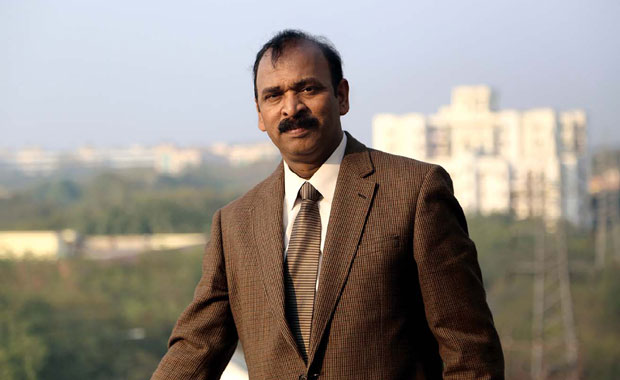“Make in India should propel exports”
“If your actions inspire others to dream more, learn more, do more and become more, you are a leader.” —John Quincy Adams -> Interview with Mr Ajay Sahai, Director General and CEO, Federation of Indian Export Organizations
FIEO has widened the scope for exporters to participate in global fairs. Please talk us through the major gains out of these exposures…
What we have thought is that it is not necessary that we participate in all the exhibitions. With our stakeholders, that is our members, we take decisions on which kind of fairs to participate. Our internal research team also identifies markets and products. So we work on a twin strategy—from the stakeholder we get information on international fairs and exhibitions of repute, while through our internal sources we decide upon the country, as well as the product profile. And then based on these two criteria we choose the exhibition we have to participate. Many of the exhibitions are approved by the Department of Commerce also, where a different kind of thought process takes place, and we convince them to take it forward. I personally feel that in exhibitions it is not that the exhibitor is only displaying the products, it is more important that the exhibitor knows and understands the emerging trend in the globe. If you participate in an international exhibition you know what could be the trend next year also. It helps you in modifying your product, and developing your product accordingly. That is why I said that it is critical that small and medium companies receive that kind of exposure. The reason why Indian handicraft has taken a hit is simply because we have not invested in designing. We need to employ international designers, and may be at the cost of the Government. The international designer should tell the craftsmen what kind of designs they should weave and develop, so that you get the market. I am very sure that there is a huge demand for organic, and ethnic products, all that is required is that our design should be in line and tune with the changing international scenario.
How crucial is the role of the banking sector in guiding and assisting exporters at a critical time such as this?
Banks have a very critical role to play. Normally what happens is that when a company is doing well, the bank is more than willing to lend. But when company faces tough time, bank becomes more than cautious. That needs to be avoided since every industry passes through a cycle. We have to identify the winners, the companies that are doing their best to survive in the market, and then go the whole hog to support them. That is why I shall request all the bankers not be guided by immediate developments. If the company has done well in exports for 30 years and has weathered some tough times and then emerged from them with flying colours, then banks need to hand hold them if the company is now going through a trying phase again. That is all. We are telling the Government that such a message should go out to the board of the banks.
What is the status of the Export Promotion Mission?
On this, Government has taken a lot of initiatives. Apart from Export Promotion Mission, Government has come up with the Council for Trade Development and Promotion. We want to take states on board and remove their apprehensions on exports. Many of them feel that export entails loss of revenue since taxes are not collected on exported goods. So there is a kind of apathy. The bigger picture, of course, is that EOUs also produce for the domestic market and pay duty. Not all are 100 per cent export-oriented. Besides, EOUs help provide employment and thereby enable the Governments at state level to meet their social commitments. The EPM is providing a long term strategy for boosting export. We are looking at a target of USD 900 billion by 2010-2020. Of this, USD 600 billion is targeted for merchandize exports, the rest should come from the services. I am optimistic about these figures.











Comments.